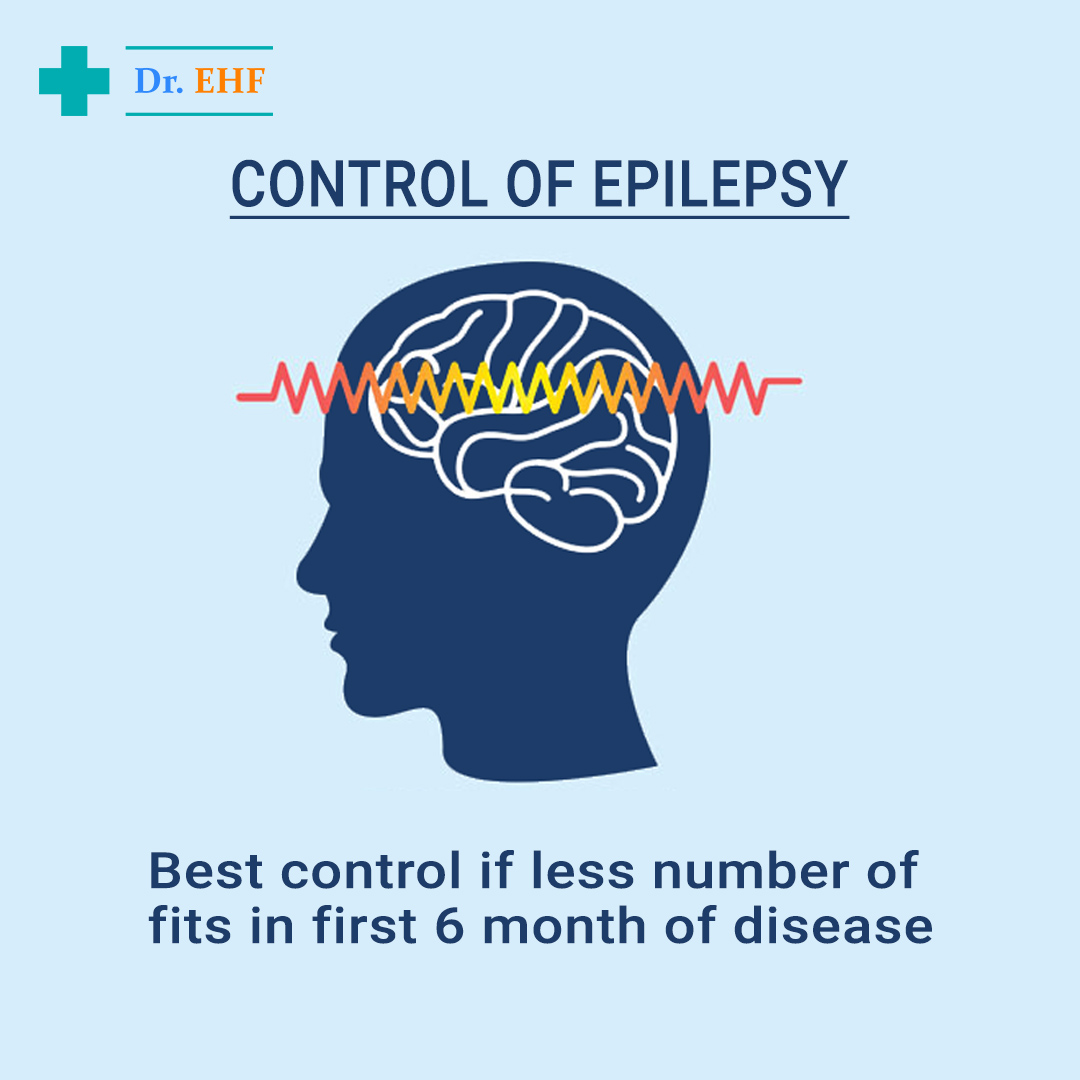Presented here is a research paper on epilepsy published by B K Macdonald, A L Johnson, D M Goodridge, O C Cockerell, Jwas Sander, & S D Shorvon from From the Institute of Neurology, National Hospital of Neurology and Neurosurgery, Queen Square, London, MRC Biostatistics Unit, Institute of Public Health, Cambridge, and Warders Medical Centre, Tonbridge, Kent, UK respectively
OBJECTIVE: -
Was to find out, based on medical opinion, how to control Epilepsy (Fits). In a group of 792 epileptic patients, 6 months after their diagnosis; data was analyzed for reduction of Fits after intervals of 1, 2, 3, & 5 years. The number of fits that occurred within the first 6 months after detection was the most important factor for gradual reduction of such fits.
The purpose of this study was to identify the reasons when epileptic fits were first detected to guide through disease control and follow up for almost 7.2 years after first detected.
PATIENT AND METHODS: -
In this study, a group of patients, registered under a General Physician (GP) in UK were selected after having a new episode of epilepsy. The GP is the main center of patient interaction and hence 275 GPs were selected for this study, who maintained all details of such patients. After the initial Registration of the patients, the GP refers them to a specialist for further treatment.
RESULTS: -
Almost 1200 patients were recruited and categorized into various types of epileptic fits. Out of 792 patients, 45 patients dropped off, 107 died, etc. hence 747 patients were followed up for almost 9.5 years. The cause of fits was classified as: -
79 Vascular; 20 patients for cancer; 24 for infections; 35 patients for alcohol related; and 40 patients for other causes, etc.
DISCUSSION:-
The important finding in this study was that the incidence of fits depended on the number of fits a person had during the first 6 months of treatment in patients above 5 years.
Other factors that were noted was that early fits showed a relation between increased number of fits and poorer results. This is a very important finding, as it helps the doctors to detect early fits so that he can make an accurate prediction of long term reduction in fits. There was no difference in the recovery for various types of epileptic fits.
So this study confirms that the earlier the patients are detected, the shorter the healing time of this disease. This is possibly due to reduced chances of brain damage in the shorter period.
CONCLUDING: -
We can say that the severity of this disease and its control, depends on the number of fits that happened in the earlier months of starting treatment, and hence the suitable treatment to control it, can be started as soon as possible.
Compiled from various international research journals available at google scholar by D. Mukherjee having 38 years of pharmaceutical (Cardiac, Diabetic, Neurology, Pain & Inflammation products) experience with a Swiss Multinational Company NOVARTIS and edited by Dr Sandeep Ahlawat, MBBS
